Here the late mannerism is linked with the allegorical aspect of the scene, underlined by the brush of a skilful painter mixing the art of the landscape with the art of the figures.
Through the staging full of symbols of the "sense of touch", the allegory takes the form of a partially naked young woman, lasciviously seated near a tree in the heart of a lush landscape.
Adorned with an elaborate hairstyle, face turned to the right, the theatrical gestures of her arms give her a very particular grace. Her voluptuous silhouette is wrapped in colorful fabrics creating a multitude of drapes around her.
A parrot perched on his hand, bites his fingers and we see a few drops of blood.
The turtle in front of the young woman is another symbol of touch; forced to move slowly and so low, it constantly touches the ground.
Finally, the background features a mythological episode related to touch: “The myth of Pygmalion”. We see a young man (Pygmalion) cajoling the statue he has just sculpted with his own hands, his mallet and scissors forgotten on the ground. Falling in love with his own work which he calls Galathée, he prays kneeling in the temple of Aphrodite, so that the goddess can breathe life and animate the statue.
Our composition against the background of a bucolic landscape in different shades of green thus illustrates several incarnations of the sense of touch. The reclining young woman displays a strong Italian influence that the painter took on during his stay in Italy and evokes the Venuses created by Venetian masters.
The Italianate colors, typical of the painter, sparkle with bright yellow, acid pink and spring greens. The translucent pulpits enhanced with pink nuances shine with their brilliance.
However, the senses remain a subject deeply rooted in the secular art of the Flemish Renaissance, the world exalts the senses and painters such as artist-philosophers indulge in the pleasure of interpreting them, each in their own way. Like his contemporaries such as Frans Floris and Martin de Vos, Jacob de Backer imagines and creates his own series of the five senses including Taste, Smell, Hearing, Touch and Sight, including some autograph replicas/ workshop exist in private and public collections.
Our panel “Touch” attributed to Jacob de Backer is thus part of this series dedicated to the senses.
Late 16th century Antwerp school
Attributed to Jacob de Backer (Antwerp, 1560-1590)
Oil on oak panel.
Dimensions: h. 47 cm, l. 61 cm
Panelmark of the city of Antwerp depicting a castle surmounted by two severed hands.
Renaissance style frame, 'cassetta', decorated with sgraffito foliage and golden spandrels.
Framed: h. 62 cm, w. 77 cm
Jacob de BACKER, born in Antwerp between 1540 and 1545 and died in Antwerp between 1590 and 1599, is a Flemish painter.
Few biographical elements are known about his life and his short career. Nevertheless, he was a key figure in the generation of Antwerp painters between Frans Floris (1519/20-1570) and Peter Paul Rubens (1577-1640). Undoubtedly influenced by Florentine art during a stay in Italy, around 1565-1570, he developed his art towards a sculptural treatment of volumes and reinforced effects of chiaroscuro. Noted for his innovative and scholarly allegorical compositions, his elongated bodies and the opulent color of the draperies, his rich and flourishing landscapes, which gave his compositions a prosperous and lush atmosphere. He is considered one of the best colourists in Antwerp (see H. Miedema, The Lives of the Illustrious Netherlandish and German Painters, Doornspijk 1994, I, pp. 185-186). We know that his works were appreciated by such eminent personalities as the German Emperor Rudolf II.



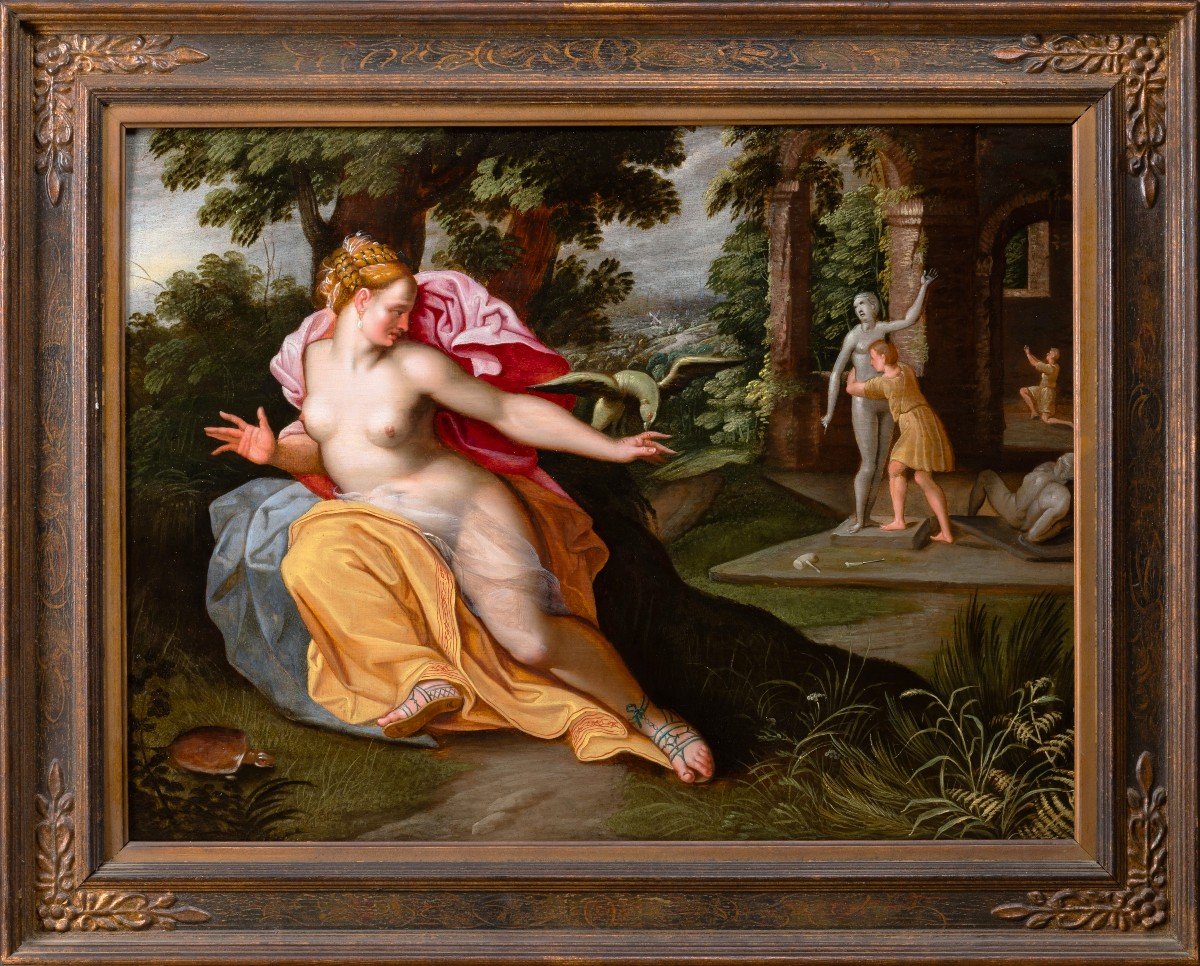
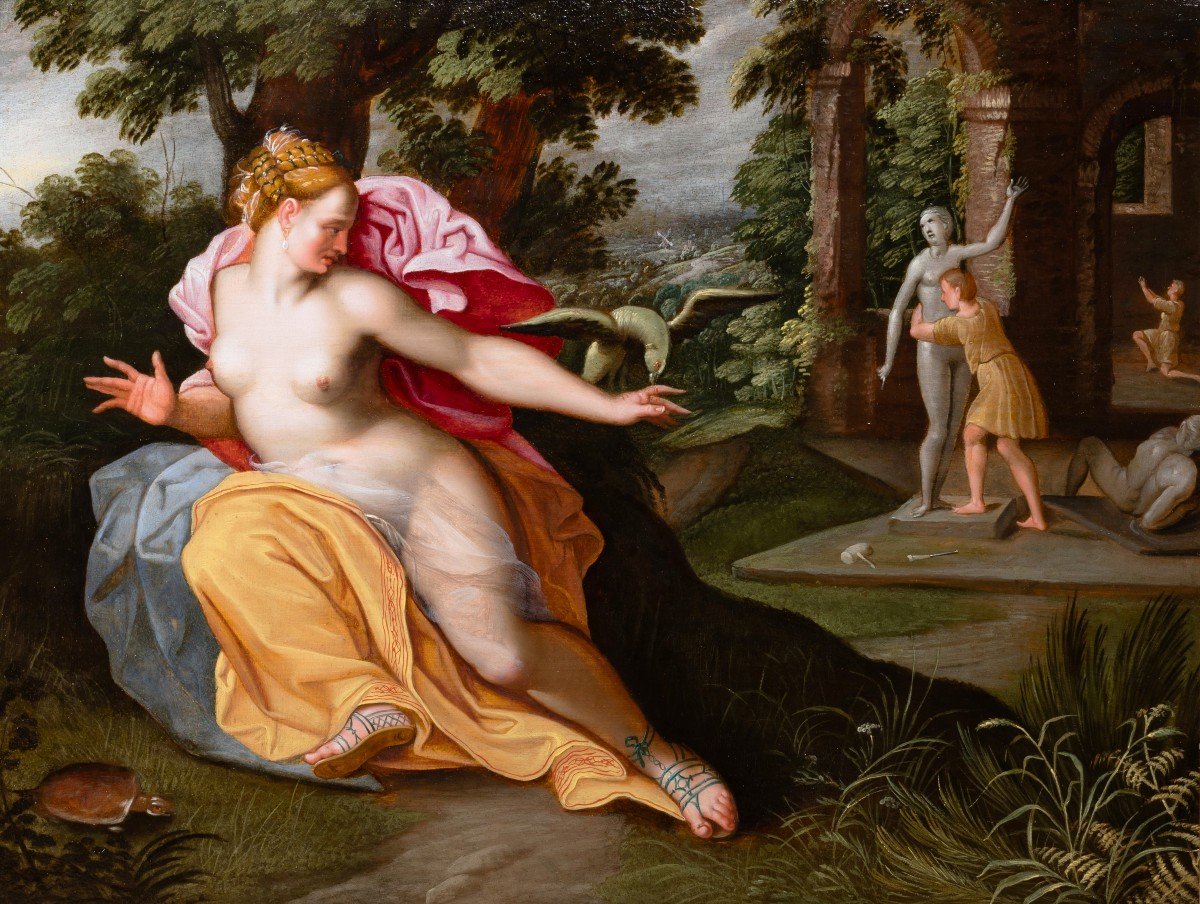
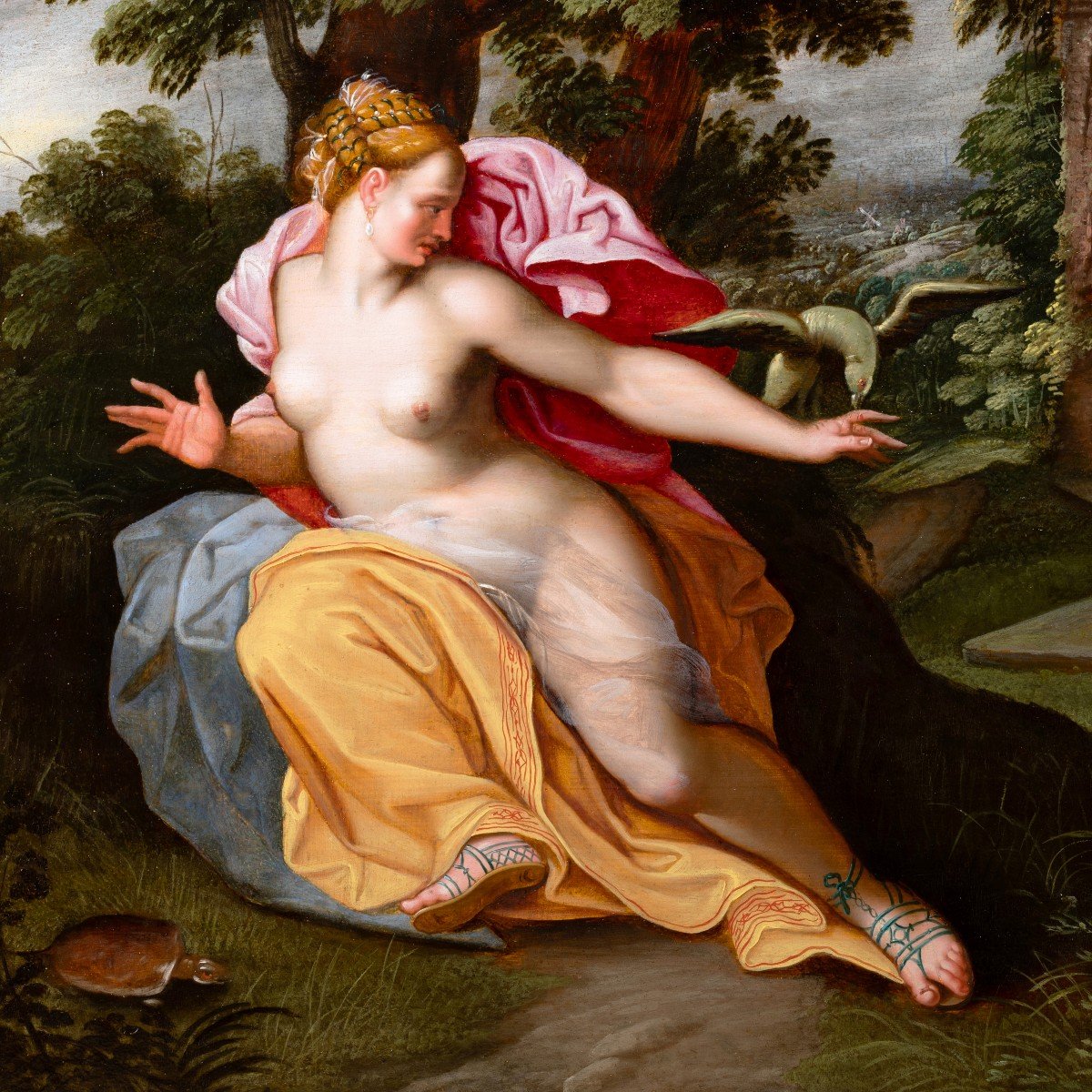



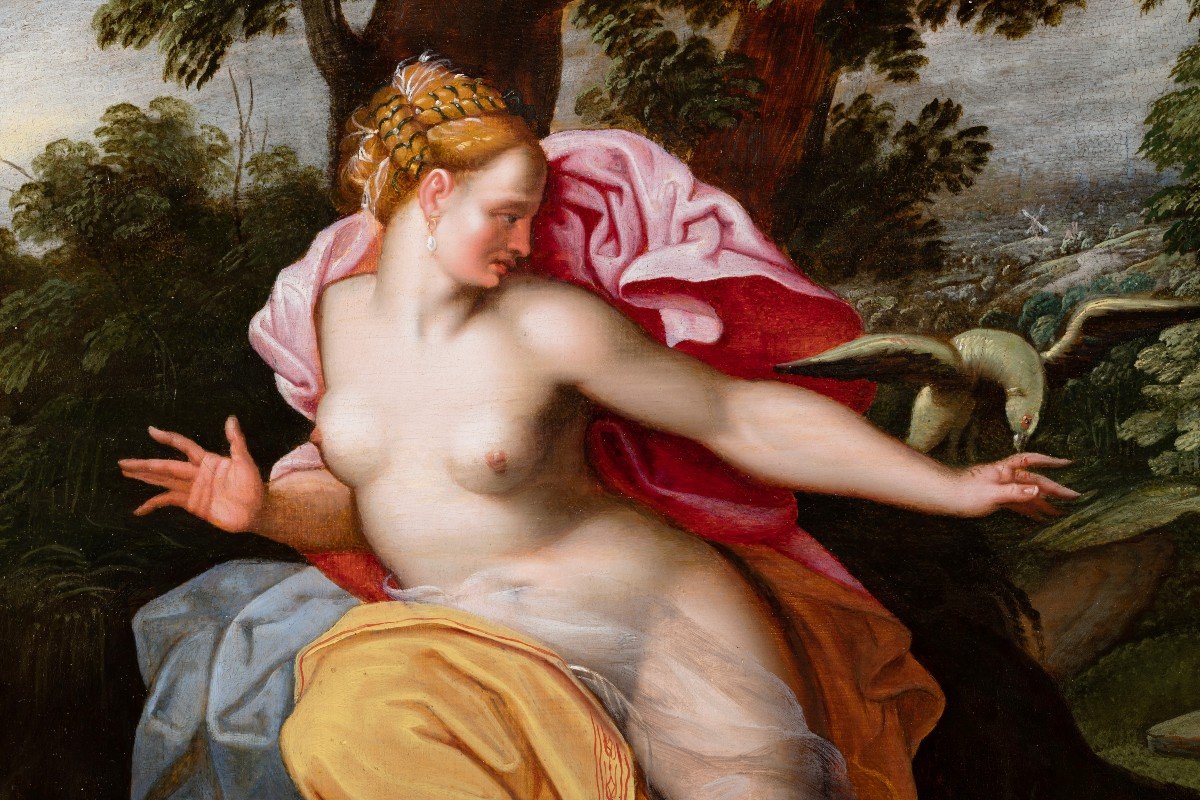


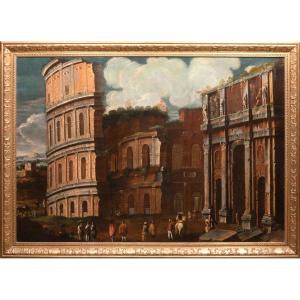

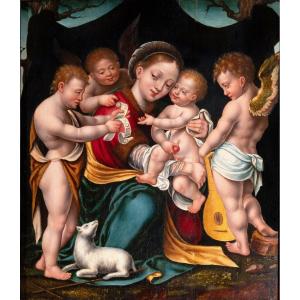
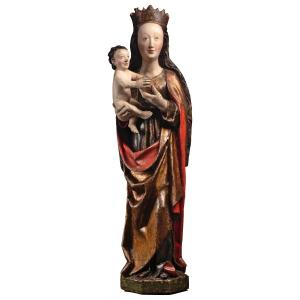


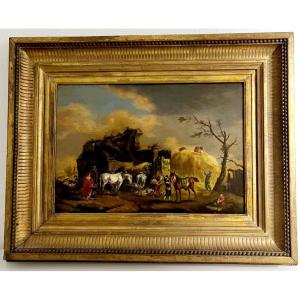



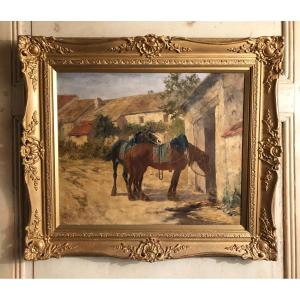





 Le Magazine de PROANTIC
Le Magazine de PROANTIC TRÉSORS Magazine
TRÉSORS Magazine Rivista Artiquariato
Rivista Artiquariato
